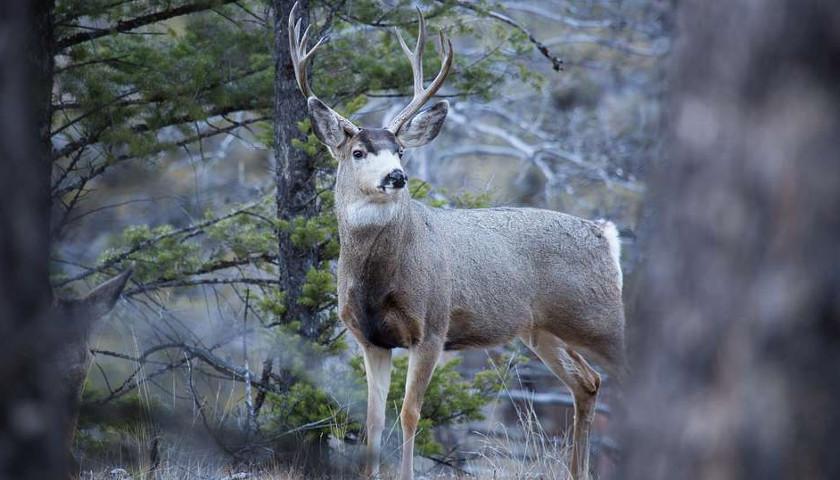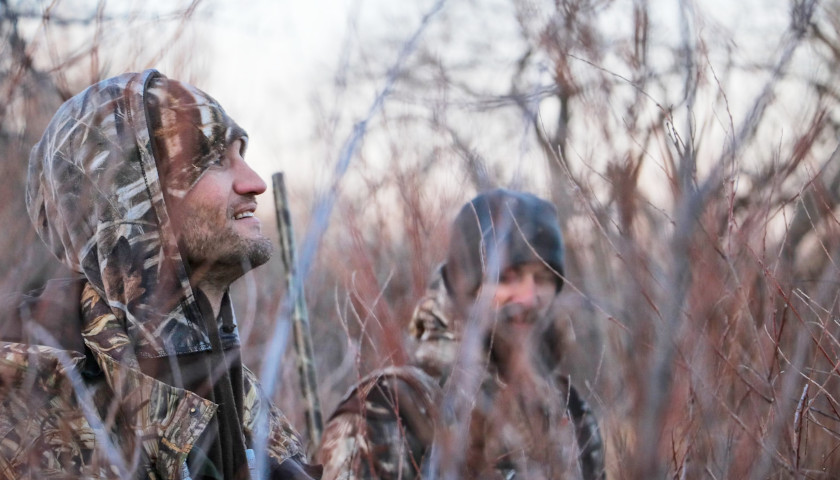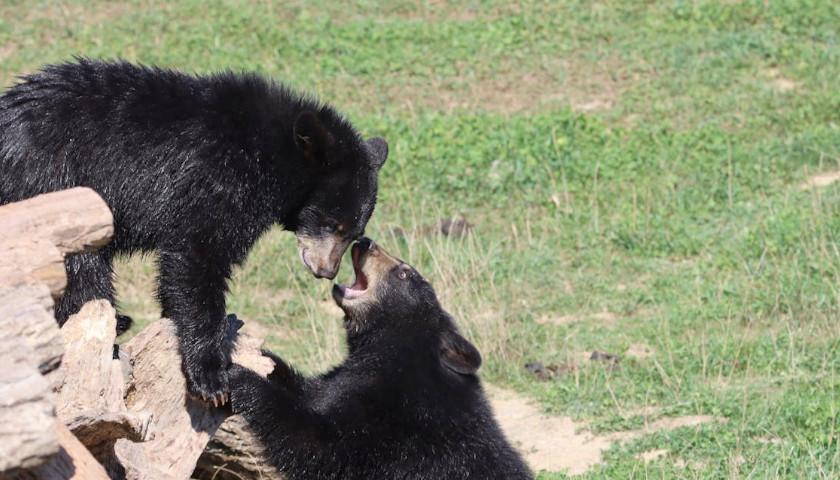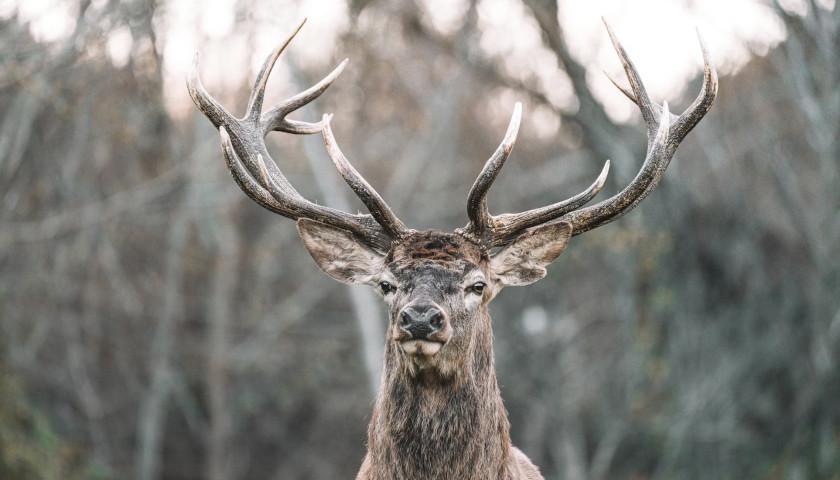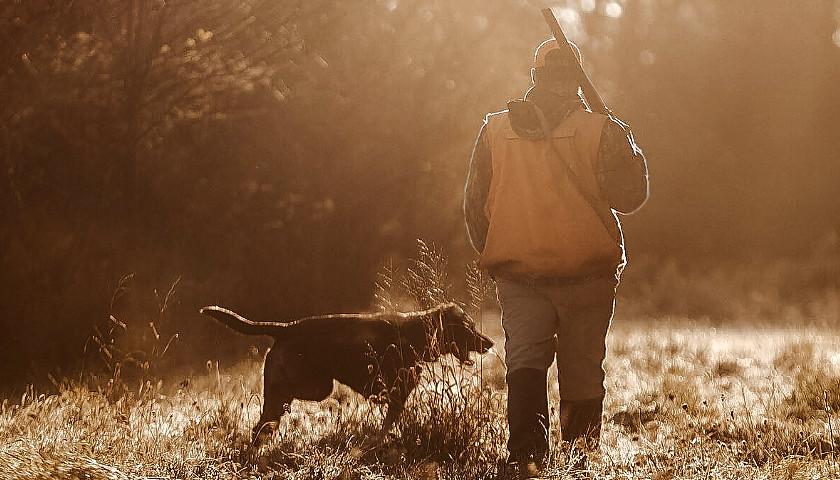by Anthony Hennen
The Pennsylvania Game Commission (PGC) highlighted the state’s abundant natural resources, its strong deer hunting harvest, and the pesky infiltration of spongy moths in its latest annual report.
The commission manages 480 species, most of them birds and 66 species of wild mammals across about 1.6 million acres of land.
“I am proud of the work done over the past year by our employees, volunteers, and board members,” PGC Executive Director Bryan Burhans said in his testimony to the House Game and Fisheries Committee on March 28. “Collectively, we represent a team of individuals dedicated to fulfilling the agency’s mission of managing and protecting wildlife and their habitats while promoting hunting and trapping for current and future generations.”
He singled out the deer hunting numbers, calling the state’s tradition “unmatched.” A report from the National Deer Association ranked Pennsylvania fourth nationwide for its antlered deer harvest.
“Deer season in Pennsylvania is one of the most highly participated forms of outdoor recreation anywhere in the country,” Burhans said.
Hunters in Pennsylvania harvested almost 423,000 white-tailed deer during the 2022-2023 season that ended in January, totaling 164,000 bucks, according to the commission. Those numbers are a 12 percent increase from the year before, though only a 2 percent increase in bucks.
“The long-term buck harvest trend indicates Pennsylvania’s deer population is in a pretty good place right now,” Deer and Elk Section Supervisor David Stainbrook said in a press release. “We see generally stable population trends in most of the state, near goal levels, and we are seeing more older bucks available for harvest.”
Though hunting numbers are healthy, the commission is dealing with the invasive lymantria moth, also called the spongy moth or gypsy moth. About 90,000 acres of game lands “suffered significant defoliation” due to the moth in 2021.
“In the spring of 2022, we set aside over one million dollars to invest in protecting game lands in our northwest, northcentral, northeast, and southcentral regions from defoliation due to damage from the spongy moth,” Burhans said.
The commission deployed airplanes that treated approximately 63,000 acres during a 16-day span in late May, he said.
“This investment did immeasurable good, as last year’s spongy moth outbreak was substantial, and caused severe damage in some areas left untreated,” Burhans added.
Likewise, the Department of Conservation and Natural Resources will spend $3 million in federal funds to spray 290,000 acres – on top of 209,000 acres last year, as The Center Square previously reported.
Burhans also pointed to 30,000 acres of habitat that the commission improved, including more than 9,000 acres of timber harvested and 7,000 acres treated with herbicides for native vegetation to grow.
– – –
Anthony Hennen is a reporter for The Center Square. Previously, he worked for Philadelphia Weekly and the James G. Martin Center for Academic Renewal.

